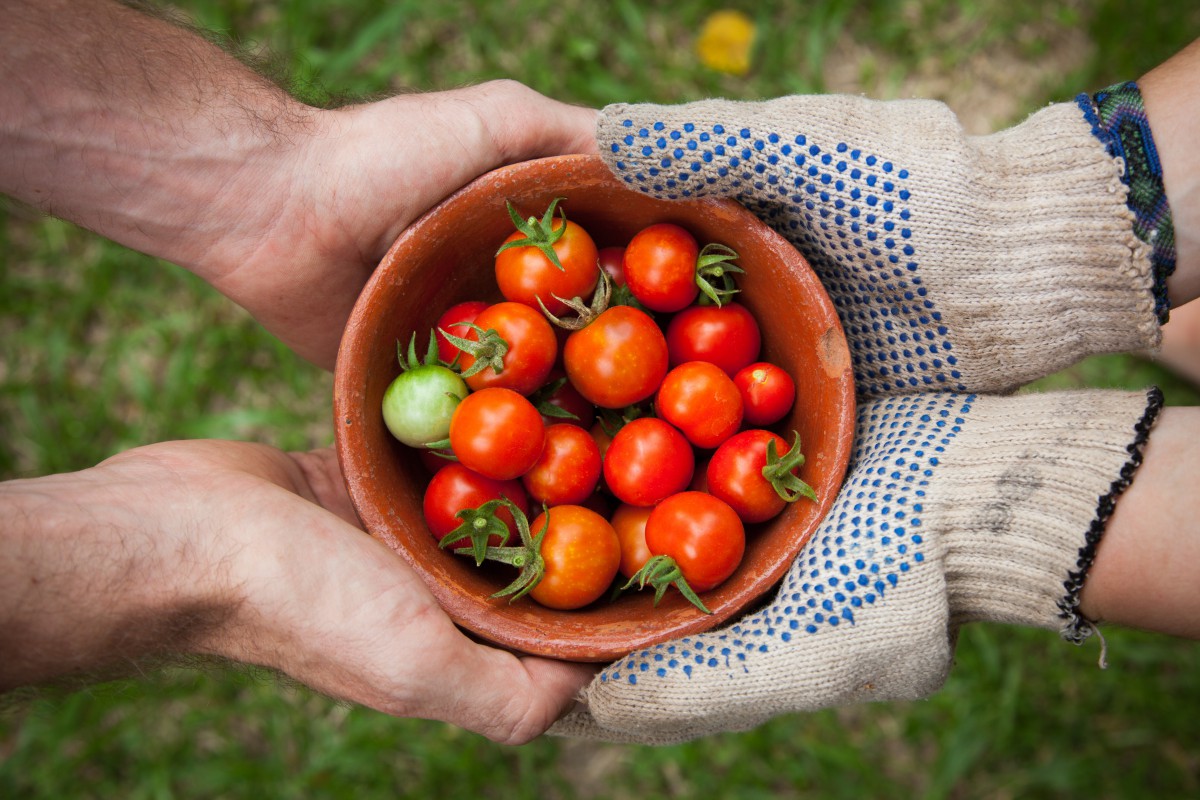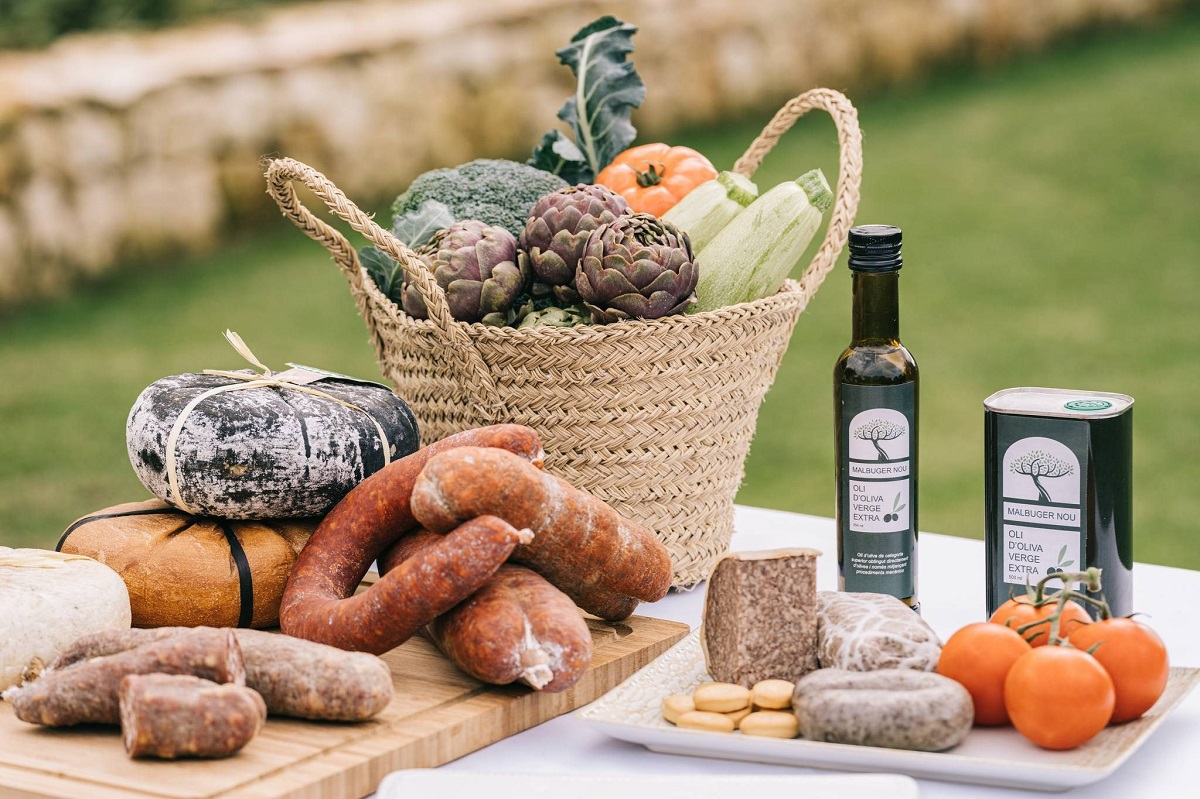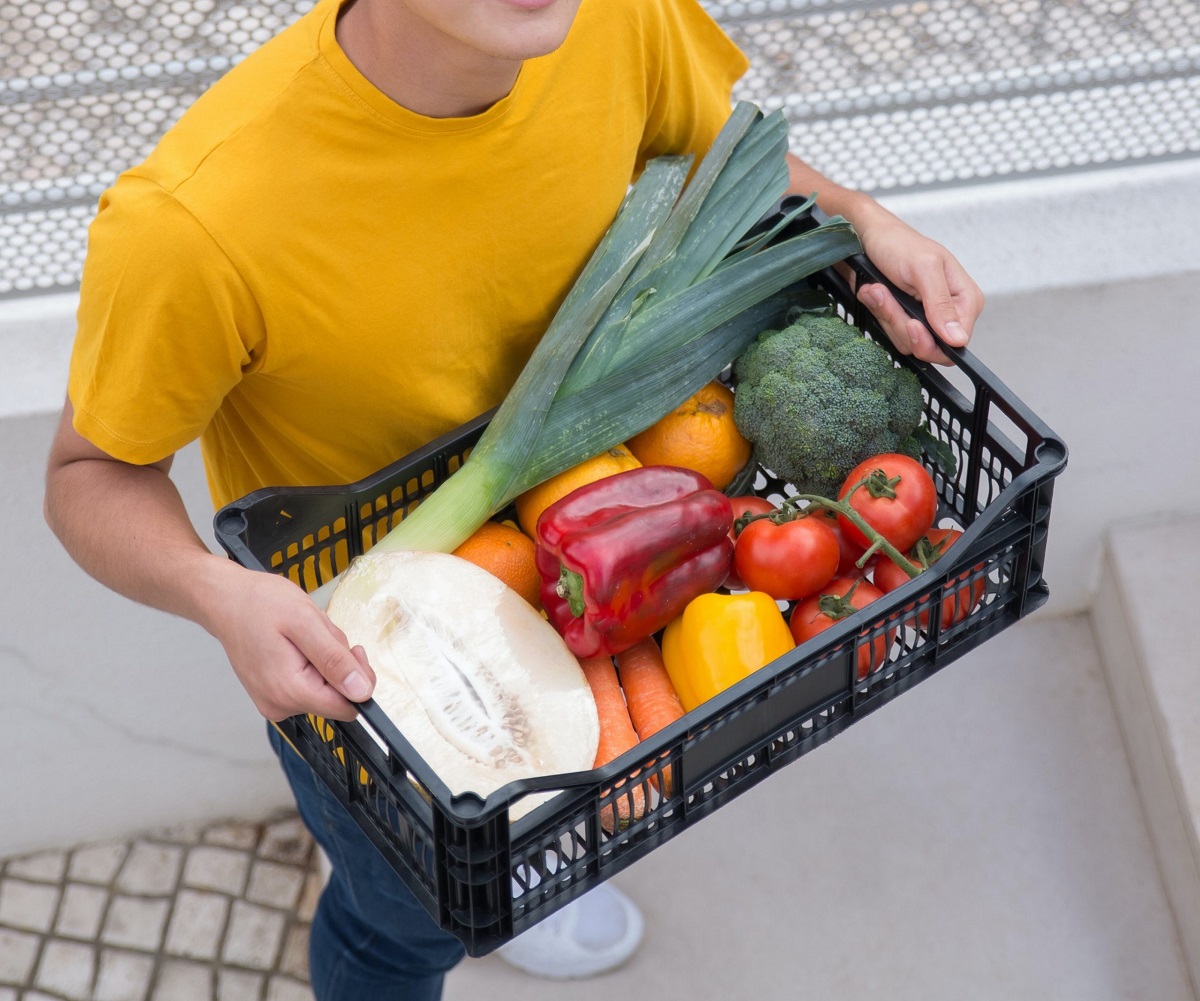
People are hearing more and more about zero mile products, and even if you have more or less ideas about what these types of items mean when you mention them in a conversation, you probably have some doubts about how to get or find them. These products are called proximity products or kilometer zero. The importance of these products is quite high if we take care of the environment into account.
Therefore, we are going to dedicate this article to telling you everything you need to know about proximity products, how to get them, what features they have and advantages.
Key features

0 km products are also called proximity products because their main characteristic is based on the short distance between the place of its production or collection and the point of sale or final consumption.
The increased consumption of these products has been linked to the Slow Food movement. This movement defends the idea of buying and consuming food taking into account sustainability, care for the environment, fair trade and an ethical commitment to the producers and artisans in our environment.
For an item to be considered a Km 0 product, it must meet a series of requirements. Therefore, its production and consumption must be within 100 km. These local products must be seasonal and organic. In addition, whether it is production or transportation and distribution, environmental protection policies and measures must be followed.
Due to these characteristics, the advantages of local products include the reduction of polluting emissions from transport and the reduction of pollution because no artificial or chemical products are used in their manufacture. With all this, you can also achieve a healthier diet by eating more natural products. In addition, the promoted economy is more equitable and supportive since it stimulates agriculture, livestock and the local economy.
Proximity products in the supermarket

Each one of us can obtain local products such as honey, eggs, vegetables, etc. buying them directly to cooperatives, wineries, local markets or small producers located less than 100 km from where we live.
But we do not always have such options, so it is necessary to distinguish how to find local products in supermarkets. The easiest way to do this is to look at the labels, as they often have badges that help differentiate them from other labels. It is usually a graphic symbol that identifies it as a Km 0 product or a proximity product.
However, these local products still do not have a specific official stamp, although some autonomous communities are beginning to regulate them. For this reason, each company or producer association uses the instructions it deems most convenient on its label. Also, in the stalls of the markets or restaurants you will find badges that indicate the origin of their products. In any case, check the labels of the products to know where they come from, since this should be easily detailed, and always choose the ones closest to where you bought them.
Reasons to consume local products

The most obvious reasons for choosing such products are quality and health. Firstly, the time interval between harvest and consumption is greatly reduced, so the properties of the food remain almost unchanged. For example, the local fruit will be fresh and at the optimum moment of maturation, thus maintaining all its organoleptic qualities.
And while it is not 100% certain that all local products are healthier than others, it is clear that we have more knowledge and control over where they come from. So there is a double watch: regulators and consumers. In general, all this translates into a greater nutritional contribution, a healthier and stronger flavor.
Second, there are very important environmental reasons. These types of products are more sustainable because fewer natural resources and fuels are consumed in transportation. Slow Food will reduce the ecological footprint in the long term. In other words, the tonnage of carbon dioxide (mainly causing climate change) emitted into the atmosphere has been greatly reduced.
Finally, we find the economic reasons. In principle, lower shipping and brokerage costs should guarantee better prices for consumers. And, if it still does not materialize in all cases, it is because demand must still increase more so that supply increases and prices balance.
But, in addition, betting on and promoting seasonal and local products also means supporting economically to the nearest and local economies, thus supporting the territories where consumers and producers coexist. For all these reasons, we can say that local products contribute to personal well-being and social well-being.
Differences with organic and seasonal products
Watermelon is best in summer, persimmons in fall, and artichokes in winter, not to mention strawberries, which are the color of spring. That is what the seasonal product refers to, because the best tomato salad is the one made with pieces of tomatoes that are ripe with heat. Of course, people who decide to do this will end up finding melons in the winter, perhaps in a nearby supermarket, but they have to know that the product will not be as natural: either it comes from the other side of the world (it is no longer local), or it does not respect the natural cycle of the earth.
Seasonal products taste better and are healthier. As a result, the Department of Agriculture has issued monthly fruit and vegetable guidelines to promote proper eating habits. And for consistency, if it's seasonal, it's cheaper.
An ecological product ("ecological", organic or biological, as it means the same) is a product obtained after observing regulatory parameters that respect the environment. The EU establishes rules that control biometrics to demonstrate compliance. From planting to breeding, handling, processing or packaging, consider the entire process to deliver labels that inform consumers.
Are organic products better? There are theories about it, but nothing has been proven. It is more expensive? Yes, because the producer has to be stricter in the method. The basic advantages are respecting the environment, not using chemical products, valuing animals and adapting to natural cycles.
A philosophy similar to temporality and proximity, although the three "green" traits do not have to go together. It's not about being aggressive, it's about being consistent when it comes to filling the basket. Some produce is fresh and is usually sourced nearby. In the third case, they may be ecological and most respectful of the environment. In fact, working for environmental and rural environmental sustainability is a commitment to a future that involves us all.